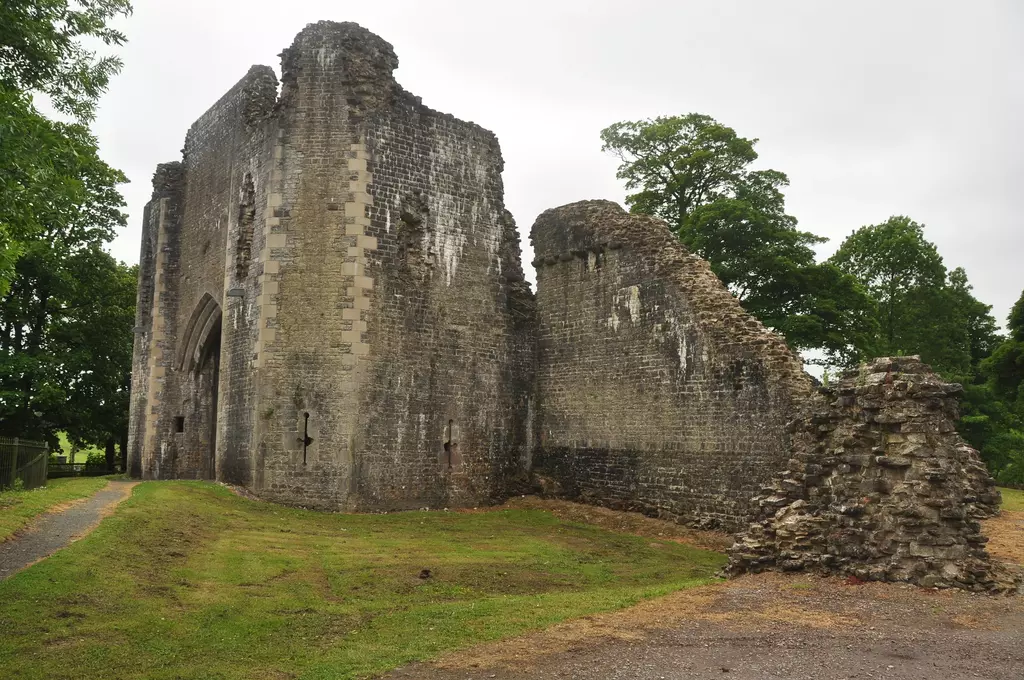St Quentin’s Castle

- St Quentin’s Castle, also known as Llanblethian Castle, is a 13th-century Norman stronghold located in the picturesque village of Llanblethian, near Cowbridge, just west of Cardiff. Perched on a hill overlooking the River Thaw, the castle was originally constructed as part of the Norman expansion into South Wales. Though now in ruins, its imposing gatehouse and remaining stone walls provide a fascinating glimpse into medieval military architecture and the region’s turbulent history. The castle was named after the St Quentin family, who were early Norman lords of the area, and its strategic location made it an important defensive site in the medieval period.
- The earliest fortifications at St Quentin’s Castle date back to the 12th century, with the stone castle being significantly expanded in the 13th and early 14th centuries, most likely by Gilbert de Clare, the powerful Earl of Gloucester and Lord of Glamorgan. The castle was designed to reinforce Norman rule and protect against Welsh uprisings. It featured a rectangular stone keep, a large gatehouse, and surrounding curtain walls, providing a strong defense against potential attacks. Unlike larger castles such as Caerphilly Castle, St Quentin’s was more of a fortified manor rather than a full-scale fortress, serving as both a military outpost and a noble residence.
- By the 14th century, the castle was no longer a major stronghold, as political power in the region shifted towards Cardiff and Caerphilly Castles. It gradually fell into disrepair and was largely abandoned by the 15th century. Over time, much of its stonework was taken and reused in local building projects, leaving only sections of the walls and the remains of its large gatehouse standing today. Despite its ruined state, St Quentin’s Castle retains a sense of historical intrigue, with its weathered walls standing as silent witnesses to centuries of Welsh history.
- Today, the castle is managed by Cadw, the Welsh Government’s historic environment service, and is freely accessible to visitors. Surrounded by scenic countryside and walking trails, it is a peaceful and atmospheric spot, ideal for history lovers and those looking for a quiet escape. The village of Llanblethian itself is rich in history, with St Illtyd’s Church nearby, adding to the medieval charm of the area. While St Quentin’s Castle may not be as famous as some of Wales’ larger fortresses, its picturesque setting and fascinating past make it a hidden gem worth exploring.
